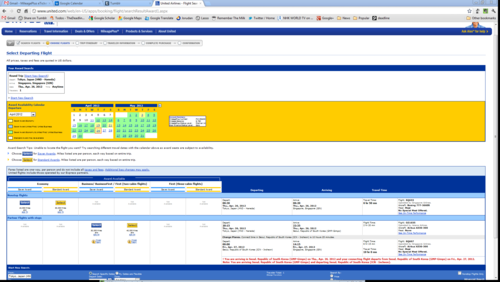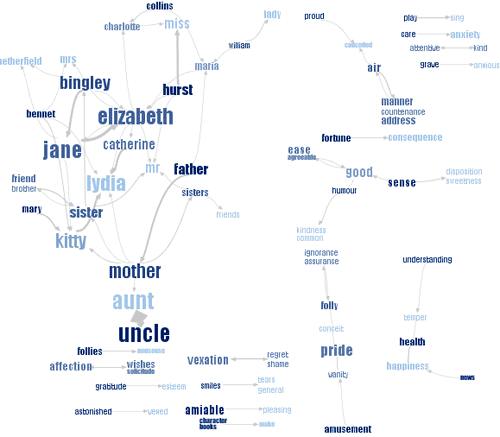Good News! United Mileage Plus Star Alliance Reward Bookings and Regional Upgrades
I found out some good news today about the post merger United Airlines Mileage Plus system.
First (finally after years of waiting!) the booking of awards on united.com allows to book almost all Star Alliance tickets on line. I did a test search and it really came up with a deep search on non stop and multi-stop itineraries. You can see an example below of an itinerary which I used to do about once a week TYO-SIN. I found trips from HND to SIN on both SQ and Asiana on both economy and business class. I was surprised how easy it was to find a business class award ticket from Haneda airport!

One thing is I could not find any ANA award tickets. I called up the UA desk in Tokyo and the man confirmed that although almost all Star Alliance award tickets can be booked on united.com, currently ANA does NOT allow the award tickets to be booked on united.com. ANA has a history of being pretty inflexible with award tickets through United (they also are one of the only ones which require booking 1 week before departure).
Another piece of good news is that the nice man at the UA Tokyo desk told me that REGIONAL upgrades can be used for inter Asian markets such as TYO-HKG. SWU is no longer required for inter-Asia market. That is brilliant news because in the past years I have lost many UA regional upgrades because they could only be used in the north american market. Now I can make use of them.




